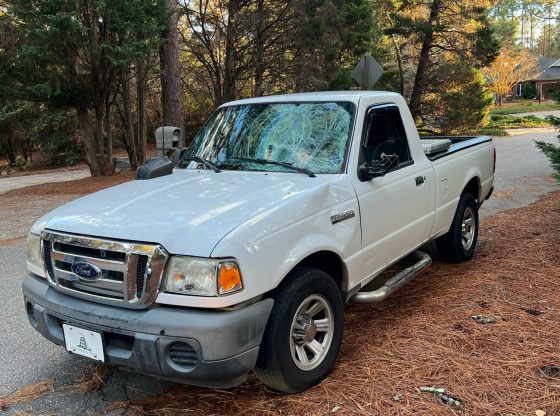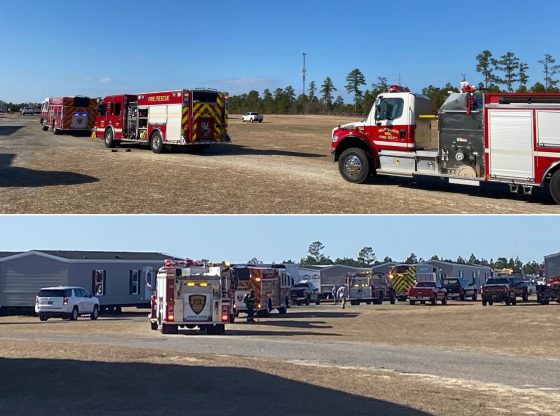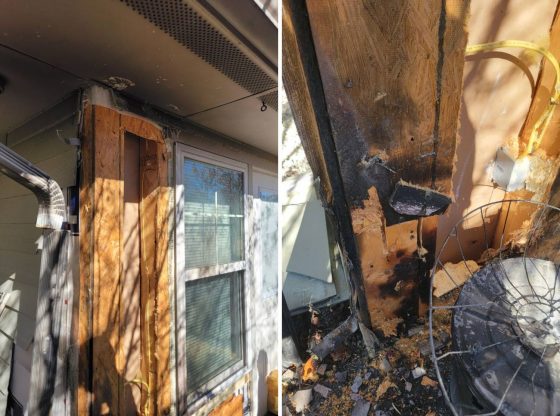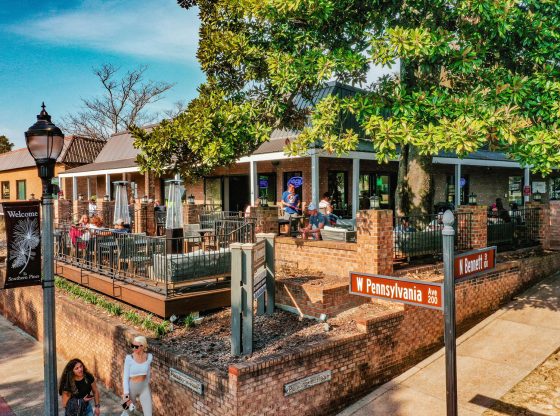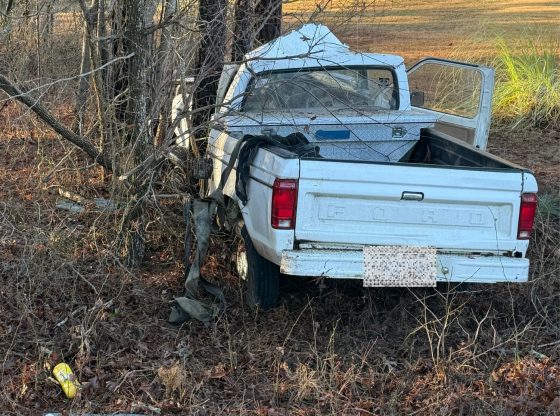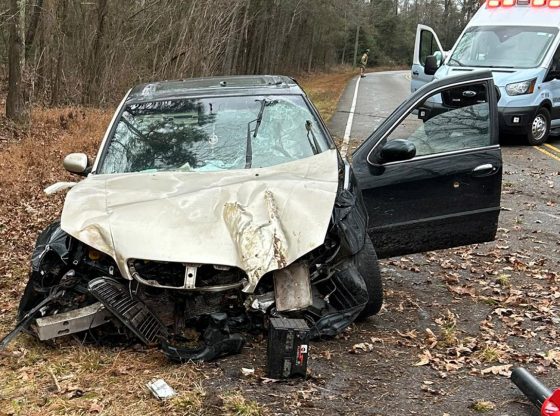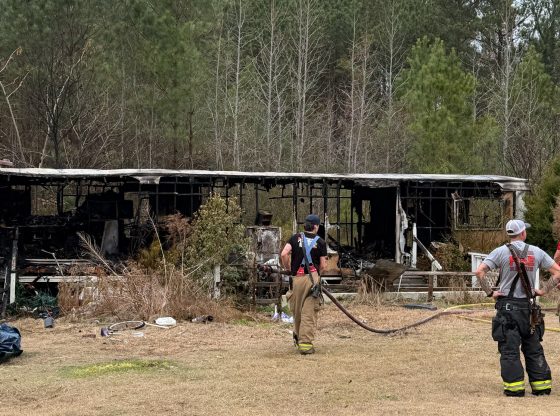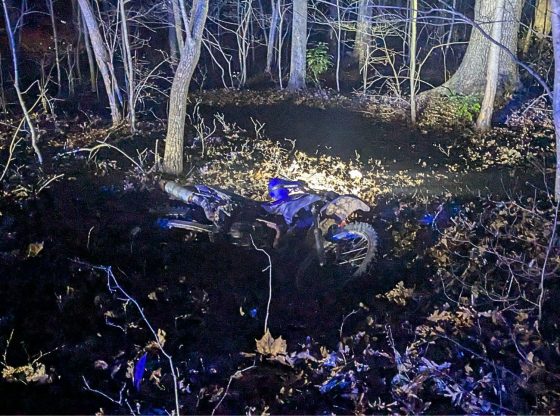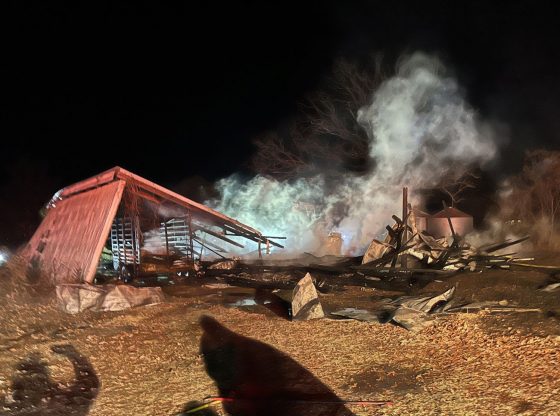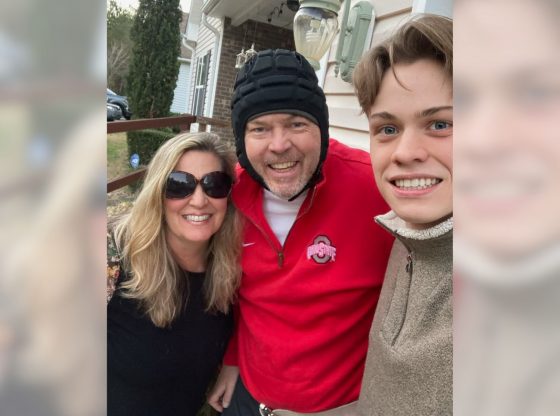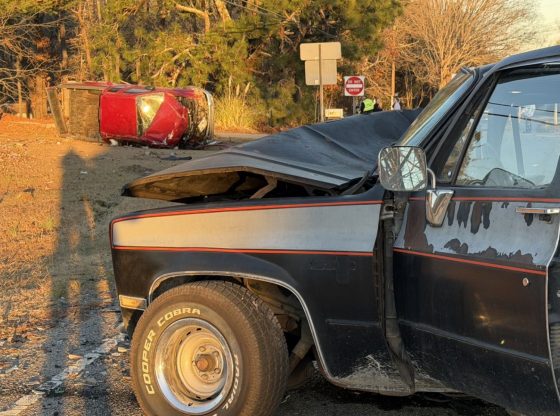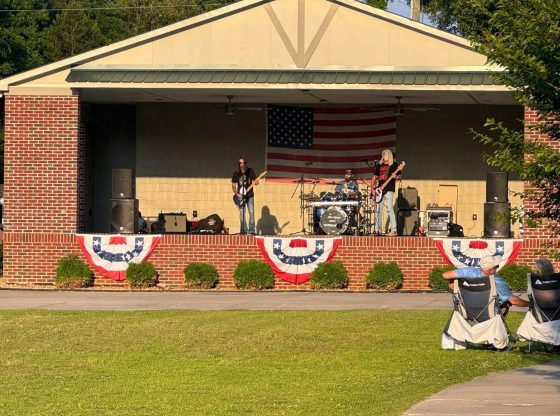On Thursday afternoon, a Ford Ranger traveling east on Linden Road in Pinehurst struck a deer when it suddenly ran into the road, shattering the windshield and knocking off the driver-side mirror. The driver was not injured.
Autumn in North Carolina is when deer start showing up in greater numbers along the state’s roadways, which means a greater chance of a collision with vehicles.
According to the North Carolina Department of Transportation (NCDOT), deer are on the roadways more during the fall into early winter due to the hunting and mating seasons. They also tend to travel more when it is tougher to see them, at dawn and dusk. The recent end of daylight saving time increases the chance of deer being by roadways when more drivers are on the road for the morning and afternoon commutes.
Traditionally, November records the highest number of animal-related crashes, followed by October, December, and January, states NCDOT.
Most crashes occur in the evening between 5 p.m. and midnight. In addition to being the time when deer are more likely to be moving about and crossing roads, it is when decreased driver visibility makes it more difficult to see the animals on or near roadways.
Below are some tips from NCDOT for motorists to avoid being in a deer-vehicle crash:
~Slow down in posted deer crossing areas and heavily wooded areas, especially during the late afternoon and evening;
~Always wear your seat belt. Most people injured in deer-vehicle crashes were not wearing their seat belt;
~Statistics indicate most deer-vehicle crashes occur in areas where deer are more likely to travel, such as near bridges or overpasses, railroad tracks, streams, and ditches;
~Drive with high beams on when possible, and watch for eyes reflecting in the headlights;
~Remember that deer often travel in groups, so do not assume that if you see one deer cross the road in front of you, there won’t be others following;
~Slow down and blow your horn with one long blast to frighten the deer away;
~Increase the distance between your vehicle and other cars, especially at night. If the car ahead of you hits a deer, you could also become involved in the crash;
~Do not swerve to avoid a collision with deer. This could cause you to lose control of your vehicle and flipping it over, veering it into oncoming traffic or overcorrecting and running off the road, causing a more serious crash;
~Do not rely on devices such as deer whistles or reflectors to deter deer as these devices have not been proven to reduce deer-vehicle crashes and;
~If your vehicle strikes a deer, do not touch the animal. A frightened and wounded deer can hurt you or further injure itself. The best procedure is to get your car off the road, if possible, and call 911.
Feature photo: A Ford Ranger sustains damage after sticking a deer on Linden Road in Pinehurst on Nov. 21. Photo by Megan Hall/Sandhills Sentinel.


